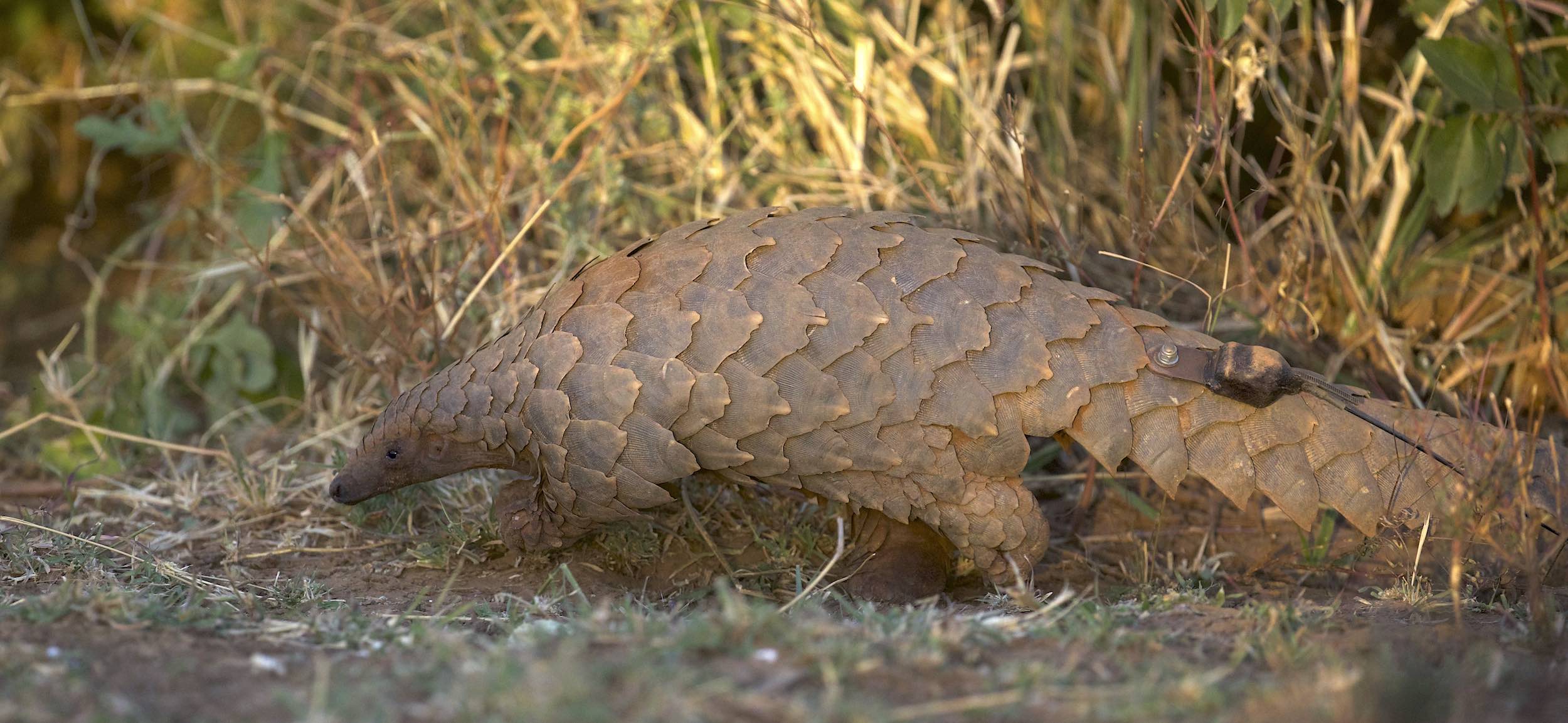

Namibian Pangolin Working Group: collaboration for conservation success and World Pangolin Day
20th February 2021
Pangolin species around the world are under severe threat due to the demand for their scales and meat, mainly by consumers in China and Vietnam. In Namibia, the Temminck’s ground pangolin occurs across much of the country (excluding the extremely arid west and south) and is increasingly targeted by poachers, yet its status and ecological requirements are poorly understood.
The protection and conservation of pangolins in Namibia is thus a complex and urgent business that requires linked-up collaboration from many organisations. These range from rural communities and farmers to law enforcement agencies, informers, nature conservation officials, veterinarians, rehabilitation facilities, researchers, non-governmental conservation organisations and donors. In response, the Ministry of Environment, Forestry and Tourism (MEFT) identified the need for a Namibian Pangolin Working Group (NPWG) as part of Namibia’s five-year national security strategy to address wildlife crime. Established in April 2020, the NPWG is tasked with coordinating and driving pangolin conservation and research in Namibia.
The current priorities of the NPWG are to:
- Develop a concise National Conservation Management Plan for pangolin;
- Prepare guidelines and protocols for the handling of confiscated pangolins by first responders, getting them quickly into rehabilitation and veterinary care, and the procedures for selecting good release sites;
- Guide priority research to better understand key areas specifically related to pangolin conservation, diet, status and release;
- Raise awareness and help educate target groups about pangolins, particularly their ecological role and importance to ecosystem functioning;
- Promote international collaboration and information sharing.
Pangolins that are seized from illegal traffickers are often emaciated, dehydrated and traumatised. These animals require first aid from the time of seizure and specialised care up until their release to give them the greatest chances of survival. A key part of the NPWG’s National Pangolin Conservation Management Plan establishes clear guidelines for pangolin transport, care and rehabilitation along with contact lists for veterinary clinics and other relevant organisations. These resources will be distributed regionally along with a training curriculum aimed at first-responders from MEFT and the Namibian Police Force (NAMPOL). The first training session was held in November 2020 for approximately 40 nature conservation officers covering pangolin ecology and first-response measures for seized pangolins.
The Namibian Chamber of Environment and Rooikat Trust have donated pangolin transport boxes to ensure that all regions have a safe place to hold and transfer live confiscated pangolin. Additionally, they have setup a pangolin emergency fund to support the cost of veterinary care and rehabilitation for rescued pangolin in need. A network of veterinarians will be trained in specialist pangolin care by those with hands-on experience.
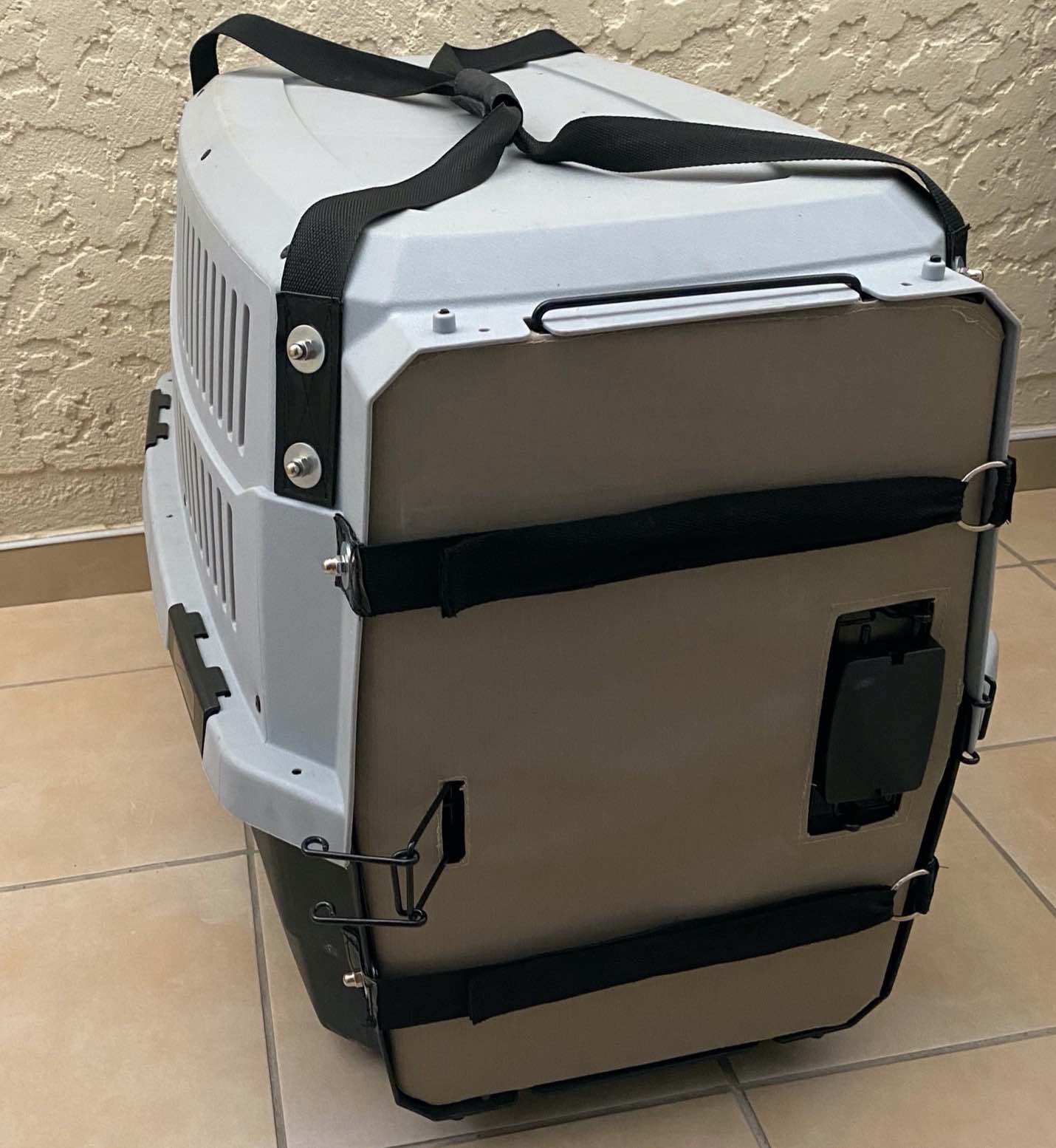
Priority research conducted by NPWG members is focused on topics that will improve the chances of survival for trafficked pangolins and assist those working on wildlife crime to understand local threats to the species. A survey of public sightings combined with suitability models created the first reliable national distribution map for pangolin. You can contribute your sightings here to assist us in this process. All responses are kept confidential and represented on a coarse scale, so that specific locations are not revealed. Combining this knowledge of pangolin distribution and known hotspots for trafficking, we can identify and select potential release sites in each region of Namibia.
To further support identification of release sites, the Working Group is studying pangolin feeding ecology. Pangolins are very picky eaters, selecting only a handful of ant and termite species out of dozens available. Their preference also varies regionally and does not appear to be based upon prey availability. This information can be used to determine origin of a seized individual and identify the best release site for them.
Other important aspects of pangolin releases are the survival rate of released individuals and their impact on the resident pangolin population at the release sites. As part of this research, the first GPS/satellite tagged pangolin was released in July 2020. As of January 2021, she has remained in the same area and regularly uses a handful of burrows. Excitingly, she has been found in the near vicinity of a resident male pangolin. This release has also confirmed the hypothesis that pangolin eat different ant and termite species in different regions as she was found to be eating two species that have not previously been recorded as pangolin prey in Namibia.
To raise awareness of the pangolin’s plight, informational posters have been created that highlight the importance of protecting pangolins and procedures to follow when encountering traffickers or suspicious activity. A cash reward is offered for information that leads to the arrest of pangolin traffickers or seizure of pangolin parts. These posters will be printed and distributed throughout the nation. A children’s cartoon featuring a pangolin will also be printed and distributed throughout Namibia to reach a young crowd on the importance of protecting this species. NPWG members have written media releases and news articles, given radio interviews and presented to the Swakopmund Scientific Society to inform and educate the public.
World Pangolin Day is celebrated every year on the third Saturday in February, falling on the 20th of February this year. You can help by sharing this article and other information about pangolin species to generate much-needed awareness and support for pangolin conservation.
For articles on similar topics, please click one of the following options:
If you enjoyed this page, then you might also like:
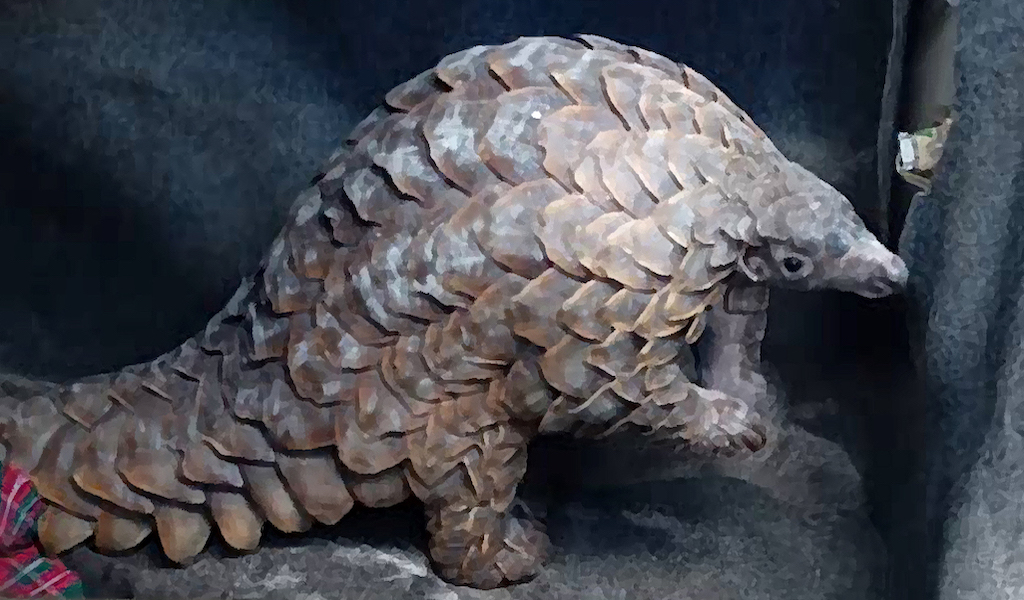
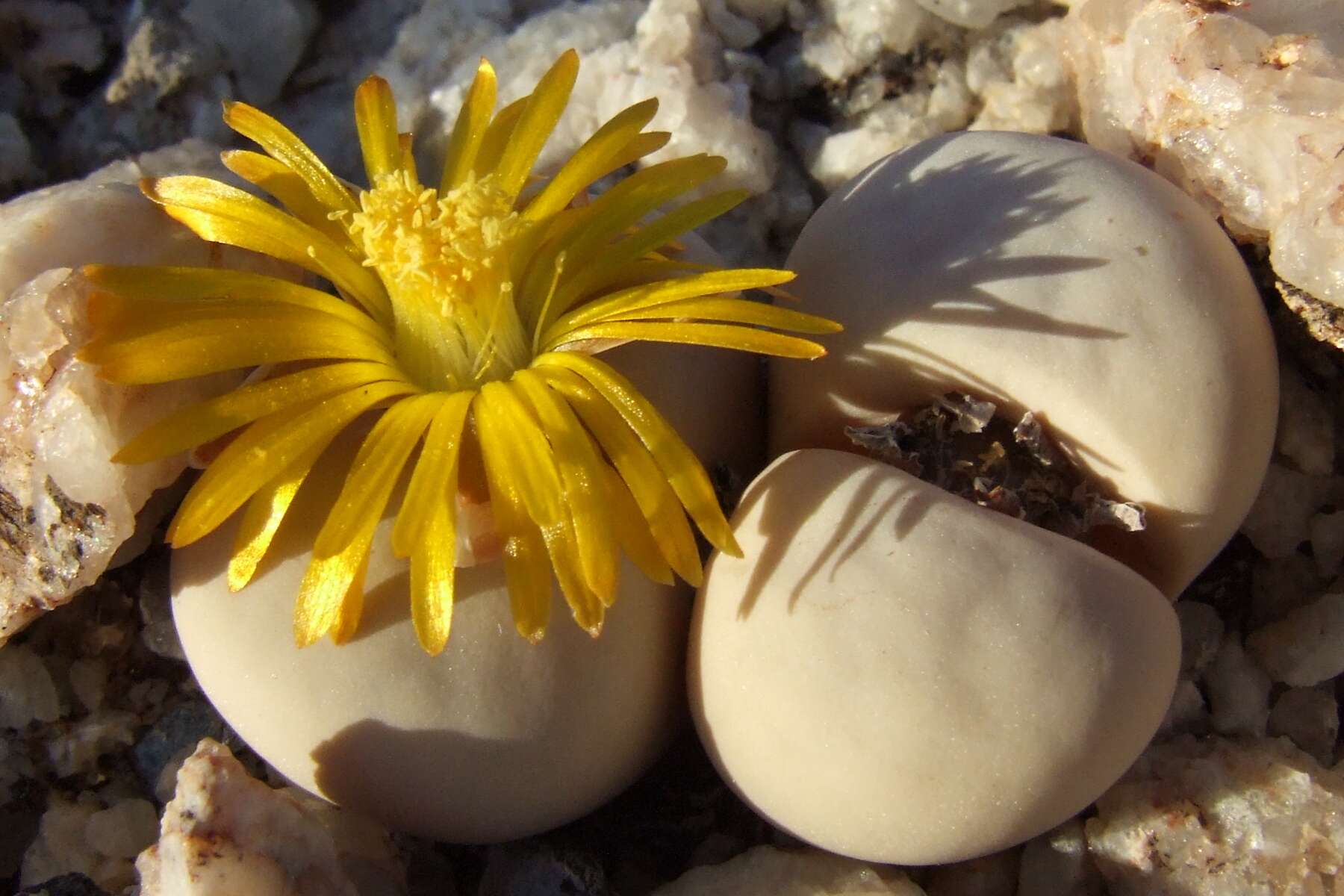
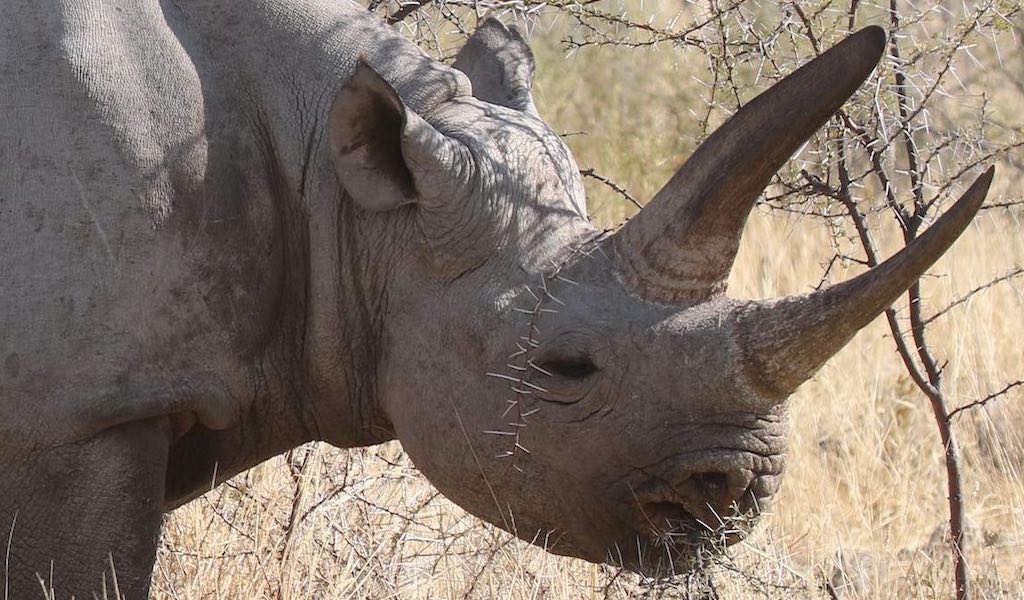

The Namibian Pangolin Working Group is chaired by the Ministry of Environment, Forestry and Tourism (MEFT), the Group includes the Namibian Chamber of Environment (NCE), the Namibia University of Science and Technology's Biodiversity Research Centre (NUST-BRC), Rooikat Trust, and the Namibia Animal Rehabilitation Research and Education Centre (NARREC).
The Namibian Pangolin Working Group is chaired by the Ministry of Environment, Forestry and Tourism (MEFT), the Group includes the Namibian Chamber of Environment (NCE), the Namibia University of Science and Technology's Biodiversity Research Centre (NUST-BRC), Rooikat Trust, and the Namibia Animal Rehabilitation Research and Education Centre (NARREC).

Ms. Kelsey Prediger is currently a research associate and student at the NUST Biodiversity Research Centre and the Secretariat of the Namibian Pangolin Working Group. She completed her studies in zoology and conservation biology in the United States. Her passion for conservation led her to Namibia where she has spent the past four years focusing on the conservation of wildlife. Kelsey is currently pursuing her Masters of Natural Resource Management at the NUST focusing on the ecology of the Temminck's ground pangolin. She is involved with a number of projects whose goal is to learn more about the ecology of these nocturnal and elusive creatures to help provide a base of scientific knowledge from which we can better help save this species from the horrendous wildlife trafficking trade.
Ms. Kelsey Prediger is currently a research associate and student at the NUST Biodiversity Research Centre and the Secretariat of the Namibian Pangolin Working Group. She completed her studies in zoology and conservation biology in the United States. Her passion for conservation led her to Namibia where she has spent the past four years focusing on the conservation of wildlife. Kelsey is currently pursuing her Masters of Natural Resource Management at the NUST focusing on the ecology of the Temminck's ground pangolin. She is involved with a number of projects whose goal is to learn more about the ecology of these nocturnal and elusive creatures to help provide a base of scientific knowledge from which we can better help save this species from the horrendous wildlife trafficking trade.
We use cookies to monitor site usage and to help improve it. See our Privacy Policy for details. By continuing to use the site, you acknowledge acceptance of our policy.

